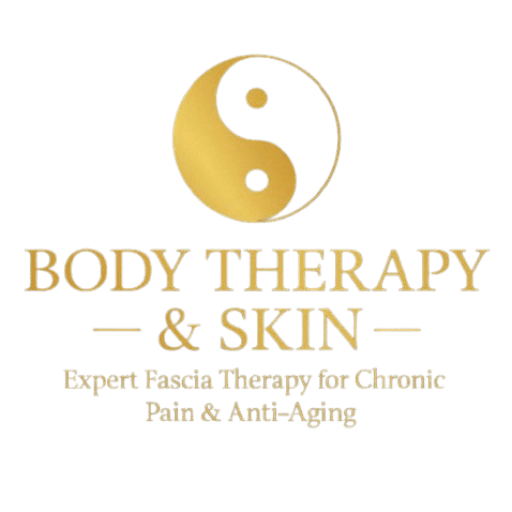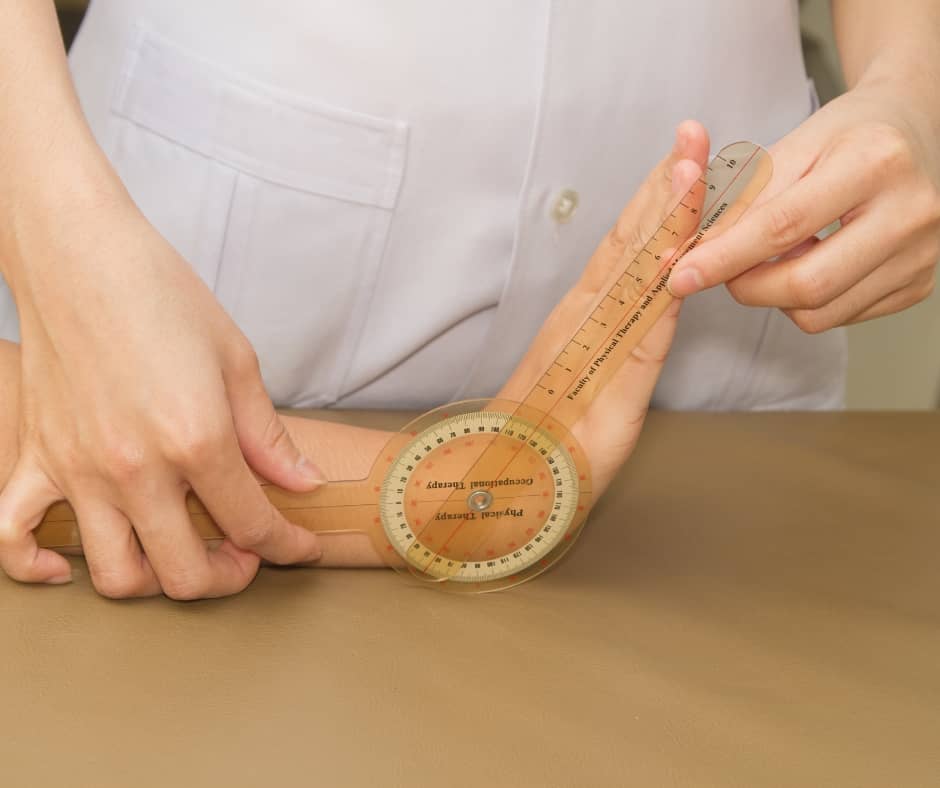If you want to improve your flexibility and range of motion, assisted stretches may be the answer. Assisted stretching entails different types of stretching techniques, each with its own benefits. Partner-assisted stretching is especially beneficial as it can help increase your flexibility, reduce muscle tension, and help your body recover from workouts and strenuous physical activities. In this article, we’ll explore the basics of assisted stretching, its benefits, different types of assisted stretching techniques, how to perform assisted stretching, and common assisted stretching exercises. Finally, we’ll discuss safety considerations for those who use assisted stretches. So, if you’re interested in maximizing your flexibility and range of motion, continue reading! Benefits of Assisted Stretching Assisted Stretches offer a wide range of physical and mental benefits to those looking to improve their flexibility and range of motion. Assisted Stretching can help reduce muscle tension and tightness, allowing for better joint mobility. Furthermore, it can potentially reduce the risk of injury, as muscles are better able to support the joints. Additionally, Assisted Stretching can promote relaxation and reduce stress levels, providing both physical and mental benefits. Types of Assisted Stretching Techniques Assisted Stretches are a beneficial way to improve your flexibility and range of motion. These stretches involve one or more people interacting with the person being stretched – often utilizing their hands, body weight, or other equipment to maximize the primary individual’s stretch. Common Assisted Stretching techniques include Active Assisted Stretching, Passive Assisted Stretching, Isometric Assisted Stretching, and Ballistic Stretching. Active Assisted Stretching involves the primary individual contracting their stretched muscle, followed by the partner providing resistance and assistance. Passive Assisted Stretching involves the partner performing the stretch for the primary individual with minimal effort from the primary individual. Isometric Assisted Stretching involves the partner exerting gentle, constant pressure for a particular length of time. Lastly, Ballistic Stretching is a dynamic, bouncing stretch performed by the primary individual with the partner providing light resistance to ensure that the movement is controlled. Passive Stretching The goal of passive stretching is to improve flexibility and range of motion. Passive stretching, also known as assisted stretching, involves using an external force, such as a partner, a wall, or a prop such as a foam roller, to help stretch a specific muscle group. Unlike active stretching, passive stretching does not require muscular effort from the participant and may be more effective for those who are unable to perform active stretches due to decreased strength or flexibility. Passive stretching can be used to isolate and stretch one particular muscle group, or to increase overall flexibility and range of motion. It is important to note that passive stretching should never be done to the point of pain, simply to the point of light tension. If you are stretching with a partner, it is important to communicate clearly with them and make sure that the amount of force being provided is comfortable. Additionally, it is important to hold the stretch for at least 30 seconds and pay attention to the sensations in the body to receive the full benefit of the stretch. Active Stretching Active stretching involves the use of physical help from either a partner or a device to assist a person in stretching to a deeper level than they could on their own. Active stretching is beneficial in this way as it can more effectively elongate the muscle and promote flexibility. An example of active stretching is the use of an assisted stretching device, such as a belt, straps, or pulleys, to assist in the stretching process. The assisted stretching device helps the individual to stretch further than their own body could without the device, allowing for a deeper and more effective stretch. Assisted stretching is also beneficial in that it can reduce the need for passive stretching, as the device provides the resistance needed to stretch the muscles. Partner-Assisted Stretching Partner-assisted stretching involves the use of a partner to help perform Assisted Stretches, with the partner providing resistance to properly stretch a muscle. Partner-assisted stretching can be beneficial for improving flexibility and range of motion, as the partner can help to stretch a person further than they could stretch themselves. A partner can also act as a spotter, providing feedback and support to ensure that a person is performing the stretch correctly and safely. Before attempting any partner-assisted stretches, be sure to communicate with your partner, discuss any pain or discomfort, and properly warm up first. How to Perform Assisted Stretching Assisted stretching can be a helpful way to improve flexibility and range of motion. This type of stretching requires the assistance of another person to help the individual perform a safe and effective stretch. In order to perform assisted stretching, the individual should first get into the desired stretching position. The partner should then stand behind and provide stabilization, if necessary. The partner should then apply a slow and steady force with their hands, arms, or legs to help the individual reach a deeper stretch. Both the partner and the individual should communicate throughout the stretch to ensure comfort and safety. Assisted stretches should be held for no longer than 10-15 seconds at a time. Preparing for Assisted Stretching Before you begin performing assisted stretches, it is important to take a few precautionary steps to ensure your safety and maximize the effectiveness of your routine. First, be sure to warm up your muscles by engaging in some light physical activity to increase blood flow and reduce the risk of injury. Second, set up an appropriate area for your assisted stretches. This area should include a non-slip surface and enough space around you to move freely and comfortably. Make sure there are no obstacles that could get in your way, and that the space is well-lit. Finally, choose an assistant that is familiar with the assisted stretching technique. By following these steps, you and your assistant will be better prepared to perform your assisted stretches safely and effectively. The 6 Steps of Assisted Stretching Assisted



